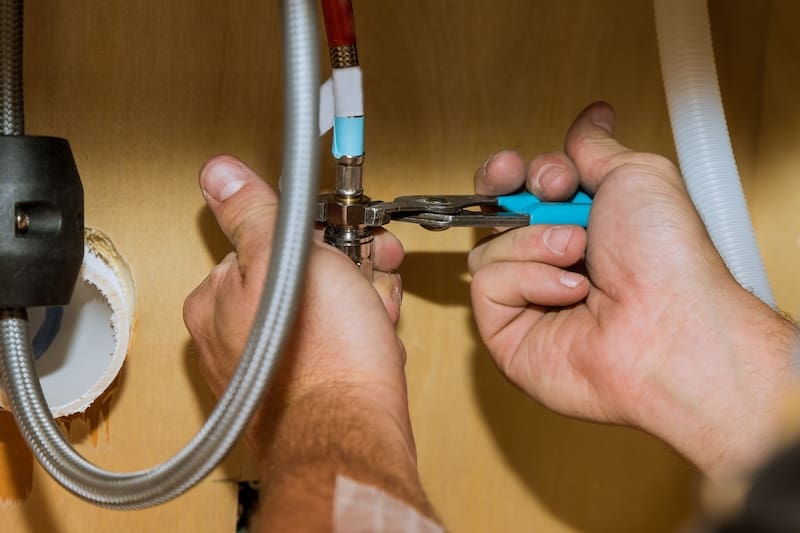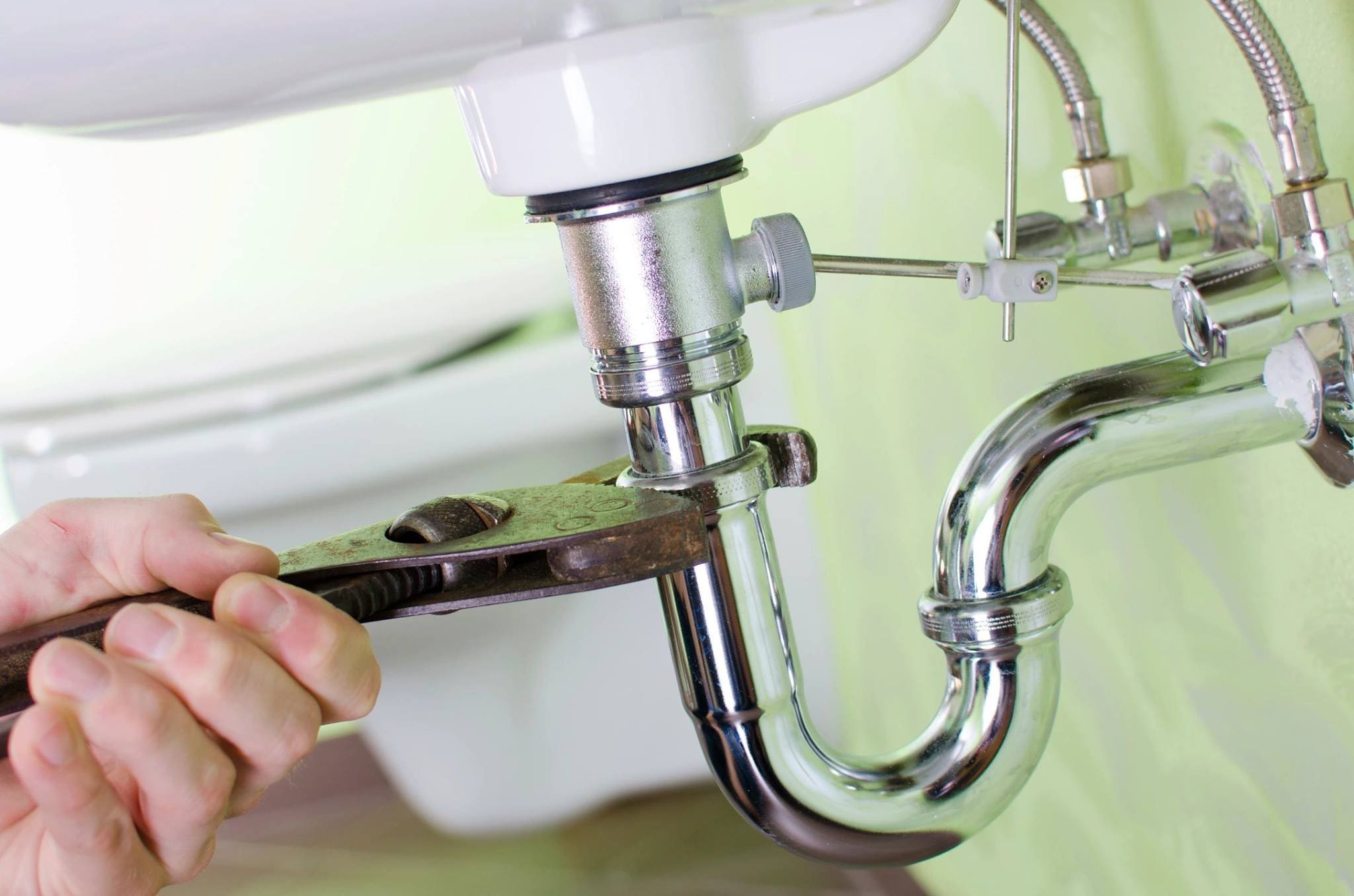Drain cleaning is an integral part of maintaining the internal plumbing clear and clog-free. Clogging of drains is typically the result of a small blockage that slowly builds-up when large debris find their way into the drainage system. In some cases this may largely be due to general wear and tear or even due to metal corrosion of the outer pipes.
From the particulate debris from the bath to the greasy residue from kitchen sinks, the actual source of a clogged pipe may be hard to recognize. In many cases the blocks also tend to get hardened and can be tricky to remove manually. Not all clogs are however mere debris blocking the drainpipes. In some cases a structural defect during construction may result in recurrent drainage blocks. Sometimes external causes may block out a significant portion of the outer plumbing. For instance, fallen tree branches or roots may find their way into the drainage system, and slowly disburse clogging multiple pipes and drains.
Drain Cleaning Basics
In general, drainage rodding is the chosen method of manual unclogging, where rods typically made from metal and steel or even polypropylene are used. These when pushed with substantial force into a blocked pipe can help restore free flow and allows the debris and particulate to flow out into the external drainage network. Yet, there is much more to removing drainage blocks, and most trained plumbers bring access to an array of specialized equipment.
From high-pressure water jetting to electromechanical unclogging, clearing blocked drains is serious business. Water jetting is a process were high-pressure spurts of up to 4000psi are sprayed right into the pipes. These super-strong jets of water can remove scaly deposits from the pipe interiors while also rupturing any solid blocks. If the pipes in question are external sewers or even larger culverts, a tanker may be used in place of a regular jetting unit. From eliminating resin and grease to plant branches and even tough concrete, water jetting is a pretty potent approach to drain cleaning.
Electromechanical clean up offers a more sophisticated and efficient alternative to drain cleaning, especially when conventional manual rodding and jetting is ineffective. This involves a more physical removal of hard-to-remove using metal blades that are fixed onto a long flexible cable. These cables are then rotated like a fan, which forcefully cuts away any recalcitrant debris such as large tree roots or even fibrous deposits.
Planned Maintenance
Household plumbing is an intricately constructed array of pipes and drains, and when one of them gets clogged it all too often means unhygienic water stagnation. As with all household structures, the importance of preventive maintenance is sometimes underrated. Aside from regular inspections and testing of plumbing efficiency, it is equally importance to ensure safety when any drain cleaning work is necessary.







